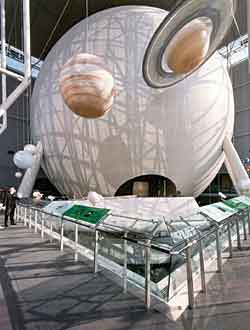Perforated Metal and Wood Ceilings: Sustainability, Acoustics, and Aesthetics
Raising the standards for acoustical performance and design flexibility
This course is no longer active
Sponsored by Ceilings Plus
Learning Objectives:
- Recognize how advances in BIM and computer-assisted fabrication create new options for the design of customized ceilings.
- Understand how perforated ceilings contribute toward Leadership in Energy and Environmental Design (LEED) credits and environmental considerations beyond the scope of LEED.
- Know about new hybrid wood panels using wood veneer on recycled aluminum cores.
- Understand how the acoustical characteristics of perforated panels can be used to meet a variety of architectural challenges.
Credits:
Ceilings account for about a third of interior surface areas in most buildings and are often a building's largest and most visible interior surface. As a result, ceiling design and specification decisions are among the most important prerogatives of design professionals.
A plethora of ceiling systems is available to contemporary designers. While each type may have its place in the contemporary palette, it is arguable that perforated ceilings most fully express the adventurous spirit of contemporary architecture.
|
Consider:
- Advances in computer-aided design and manufacturing (CAD/CAM) techniques make it affordable to create ceilings of almost any size and shape, ending the aesthetic tyranny of the 2 x 4 feet grid.
- High-speed and versatile perforating equipment allows designers to create an almost unlimited range of visual textures and patterns.
- A new type of wood panel makes it practical to perforate wood, creating exciting new design and performance options for wood ceilings.
- Perforated ceilings can meet the objectives of sustainable construction and are being used in LEED certified buildings.
- New acoustical technology makes it possible to use perforated panels to satisfy the need for improved acoustics in architectural projects.
Originally published in Architectural Record.
Originally published in July 2009










